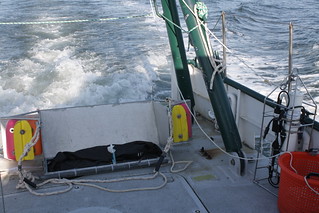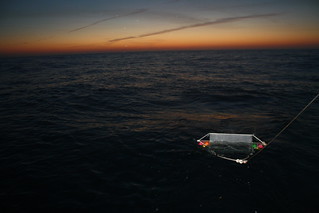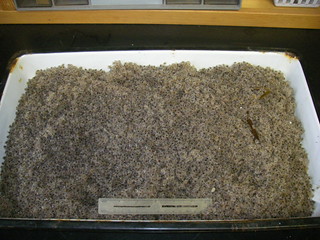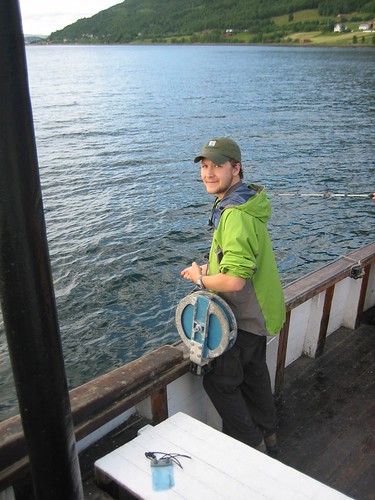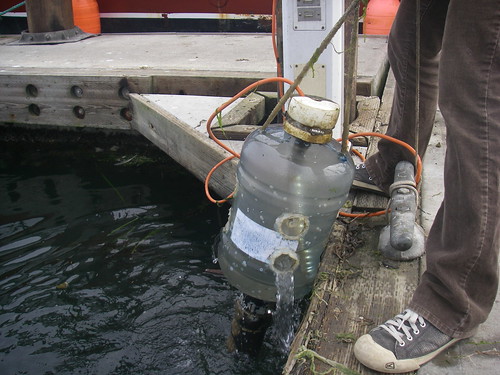It has been a great first seven days in Newport, Oregon! I began my work at the US EPA Western Ecology Division last Monday. Immediately after finishing up the orientation with the Oregon Sea Grant, I was introduced to the labs and offices at the EPA and I then started in on the rigorous safety training required of EPA government employees. My mentor wasted no time in getting me finished with that part because he has ambitious plans for the research this summer, which I am excited to be a part of.
To briefly introduce myself, I’m Kate and I’m from Illinois, near Chicago. I go to a great school in that area, North Central College, where I major in Biology. Through this Oregon Sea Grant Scholar program, I was fortunate enough to work on the project I was most interested in studying nutrient uptake in tidal wetlands of the Pacific Northwest. Wetlands do the kind service of taking up nutrients from the water like reactive nitrogen that could be harmful to fish and other wildlife or that would cause harmful algal blooms. The experiments our lab group are doing will look at various parameters (nutrient concentration, ratio of one nutrient to another, habitat type, light, temperature) and see how nutrient uptake is affected by changing them.
Basically, I’m involved in three different things: doing experiments for the big, overall project where we will travel to estuaries all over the Oregon coast, assisting an REU intern with her independently designed experiment, and carrying out my own independent project, which she and others will assist me with. Our projects will take place in the local estuary here in Newport. Wednesday I was introduced to basic fieldwork techniques and then Thursday I was out at Alsea Bay taking measurements important for the master project. I learned quickly that field work requires a lot of planning and a lot of teamwork. We forgot the gas for the boat on Thursday, but thankfully we were only a twenty minute drive away when we realized it. Good thing we weren’t two hours away!
This coming week we are carrying out experiments at Salmon River and Tillamook Bay estuaries. We will also scout out good places to do our independent experiments in the Yaquina Bay estuary here. I also need to formulate my plan for the experiment I will be responsible for and then start preliminary testing later in the week. It sounds like a huge challenge as there is limited time and manpower to get quality data this summer. I need to be deliberate in whatever I do.
In the midst of all this work I’ve been enjoying the cool weather (in Chicago it is sweltering), playing tons of volleyball, meeting the neat people here at the HMSC, and exploring Newport and the beaches and trails around here. Next week should be good!


